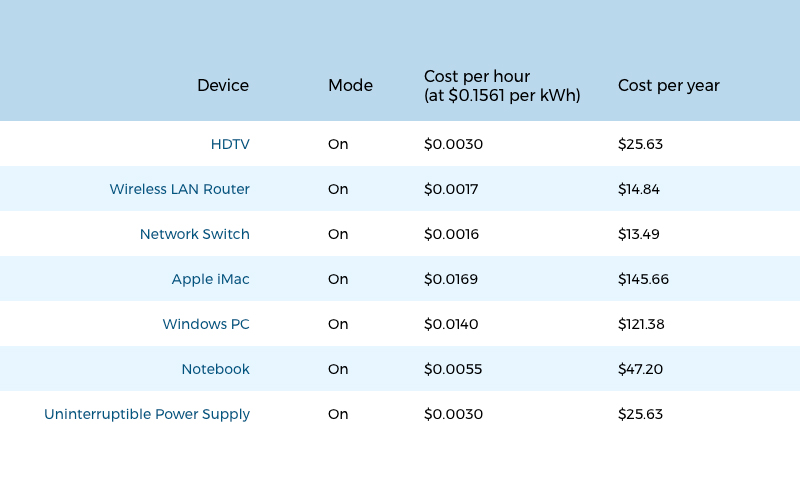Smart Homes Benefits and How Apple Homekit Changes That

IT copywriter
Reading time:
Control, convenience, and peace of mind are the three major benefits consumers gain from the use of “smart home” systems — the not-so-new technology that allows for the remote management of home lighting, heating, security, and appliances using a mobile device or computer. Just imagine: you’re just about to board the plane to go on vacation, and you suddenly realize that you’ve forgotten to turn off the oven. No problem, you can turn it off right from your phone. Wait, no need… your smart system already turned it off for you when you left the house, along with the HDTV in the living room.
That’s what the smart home benefits are all about.

However, despite what sounds like compelling reasons to buy in, at the moment smart homes are far from going mainstream. And the price is not the main reason: as more and more solutions appear on the market, prices have generally dropped. In fact, the most common issues that deter consumers from adopting home automation are security vulnerabilities, poor compatibility between manufacturers, and complexity of use.
What may change the situation is Apple’s recent entry into this market segment with the release of its HomeKit development framework protocol that appears to have answered some, if not all, of the above-mentioned issues.
Are smart homes really worth the money?
Smart & green
Besides saving homeowners time and effort in their everyday lives, home automation technologies can also reduce water and energy usage:
- Smart water sensors notify homeowners of leaks and other water system malfunctions.
- Smart electricity systems reduce energy usage by, for example, turning off HDTVs left on when nobody’s watching them or game consoles left on pause and abandoned. Here are the average figures that devices left plugged in and running cost us yearly:
HomeKit’s major improvements to the concept
Security
Although previous home automation devices were not truly the Internet of Things devices — as they were connected to the network but remained isolated from one another — now the situation is different and all gadgets are interconnected. Consequently, if any of the devices in the network are hacked, the attacker can gain access to other smart products in the home, capture an owner’s data — or turn these devices into part of a botnet army. According to security consulting firm Proofpoint, in one cyber attack about 100,000 devices — routers, TVs, and even one connected refrigerator — sent out more than 750,000 phishing emails over a period of two weeks.
With separate apps for each smart home product, most devices on the market today feature varying network protocols and security mechanisms that do not ensure the highest level of security protection when interconnected. Sounds unpleasant, indeed. However, HomeKit’s unifying software framework and network protocol used to control a variety of smart home devices may be a solution.
While presenting HomeKit, Apple’s senior vice-president of software engineering Craig Federighi said, “We’ve started working with the leaders in home automation devices and we’ve come up with HomeKit — with a common network protocol that has secure pairing to ensure that only your iPhone can open your garage door or unlock your door.”
Additionally, Apple pointed out that it will expand the uses for Touch ID, the iPhone 5’s fingerprint verification feature, to include a login to applications. During the presentation Federighi underlined that privacy and security protection are Apple’s main priorities: “It always keeps the fingerprint data itself completely protected inside of the secure enclave in the A7 processor. The information is never exposed to third-party apps or the rest of the system, for that matter. It’s very secure.”
Compatibility solved
Poor compatibility between smart home devices from different manufacturers was named among the most common reasons why consumers abandoned the home automation idea in the past. HomeKit, being a single-app solution, not only smooths out all integration issues but also allows homeowners to avoid app overload and confusion.
Instead of using separate apps for the home security system, lighting system, each appliance, etc., the user can simply control an entire array of devices through a single iPhone or iPad app. Moreover, HomeKit allows for the creation of Scenes — a succession of commands for a group of devices that can be stored, scheduled and deployed as desired.
Ease of use
Integration with the Siri voice control interface is another HomeKit feature that effectively makes smart home control easier and more pleasant. “With Siri integration, you can say something like, “Get ready for bed,” and be assured that your garage door is closed, your door is locked, the thermostat is lowered and the lights are dimmed,” said Federighi.
The future of smart homes
As Apple has shown us at the WWDC, technologies that power home automation devices are evolving, and we now know they will offer more protection to owners’ sensitive data and provide greater reliability than they have thus far.
The future promises even more mature solutions. And although most people may not choose to receive text messages from their refrigerators to remind them that they’re running out of eggs, more homes will be equipped with the automation systems that greatly improve safety and convenience as the smart home systems themselves become more secure and much easier to operate and manage.



Comments